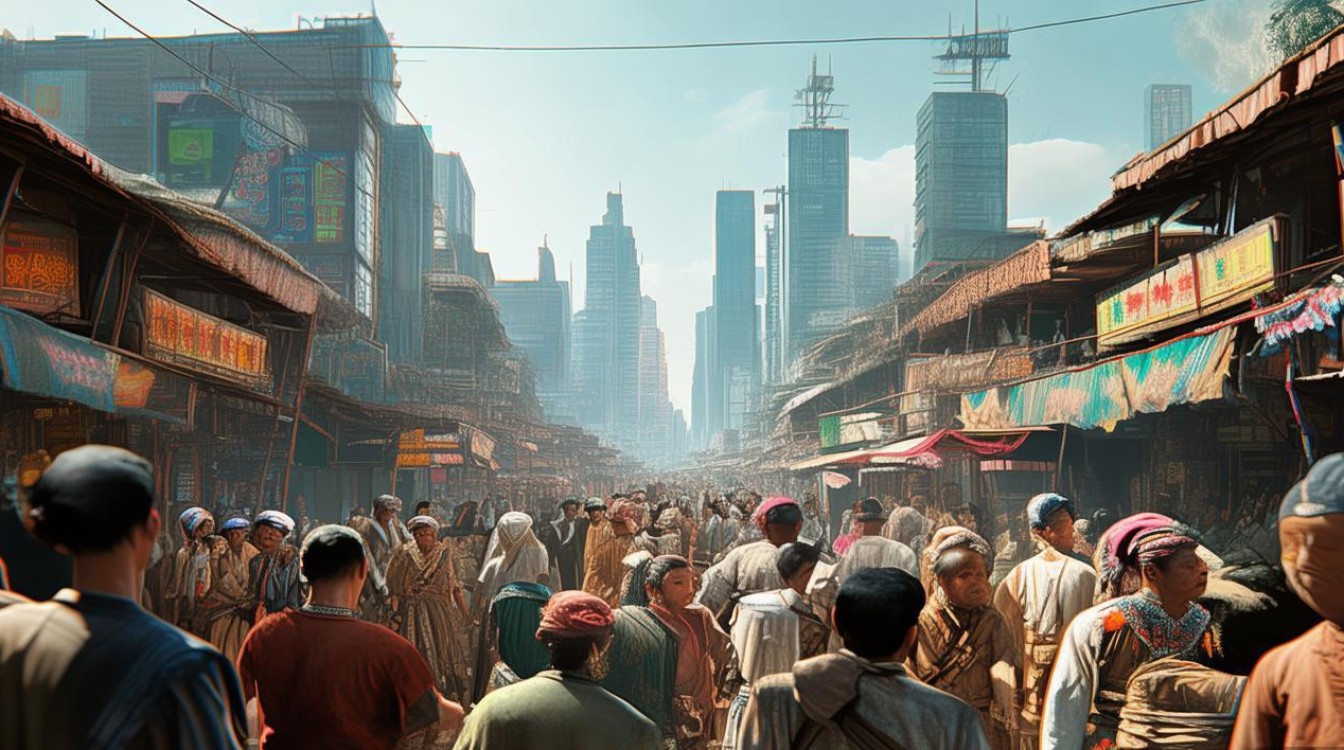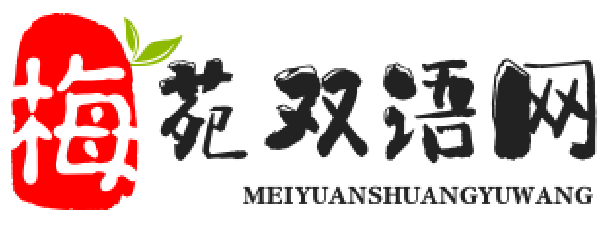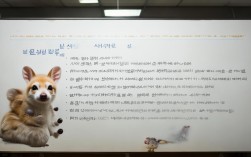标准议论文版
这个版本结构清晰,观点全面,适合用于学校考试或正式写作。 The Great Migration: Rural-Urban Migration in China**

In the wake of China's rapid economic development, a significant social phenomenon has emerged: the large-scale migration of rural populations to cities. This "great migration," driven by the pursuit of better economic opportunities and living standards, has profoundly reshaped the nation's social and economic landscape. While it brings immense benefits, it also presents considerable challenges.
On the one hand, the migration fuels the engine of urban growth and economic prosperity. Migrants, often referred to as the "floating population," provide a crucial labor force for the construction, manufacturing, and service industries that form the backbone of China's cities. Their hard work and dedication have built the skyscrapers we see and fueled the factories that power the economy. For the individuals and families involved, moving to the city often means escaping poverty and gaining access to better education, healthcare, and career prospects for their children. It is a powerful story of aspiration and the pursuit of the "Chinese Dream."
On the other hand, this massive movement of people has created a host of pressing issues. One of the most prominent is the "left-behind" children and elderly in rural areas, who often suffer from emotional neglect and a lack of proper care. In cities, migrants frequently face a difficult reality: they often live in crowded, substandard conditions and encounter discrimination. They are often marginalized in the urban society, struggling to access social services such as public schools and medical care due to the hukou (household registration) system. This social stratification can lead to a sense of alienation and inequality.
In conclusion, rural-to-urban migration is a complex and double-edged sword. It is an indispensable part of China's modernization, driving economic dynamism and improving the lives of millions. However, to ensure sustainable development, it is crucial for the government and society to address the associated challenges. This includes reforming the hukou system, improving social welfare for migrants, and investing in rural areas to create a more balanced and harmonious society. Only by doing so can we fully harness the potential of this great migration while mitigating its negative consequences.
个人叙事版
这个版本以第一人称视角讲述,情感更丰富,适合用于个人陈述或故事性写作。 My Journey to the Big City**
I still remember the day I left my village. The scent of damp earth and the familiar sound of my grandmother's farewell were the last things I held onto as I boarded the bus to the city. Like millions of others, I was driven by a simple dream: to build a better future for myself and my family. My journey from a small village in the countryside to a sprawling metropolis was a profound transformation.
Life in the village was simple and peaceful. Days were governed by the sun and the seasons, and everyone knew each other. But opportunities were scarce, and the future felt like a dead end. The city, as I imagined it, was a land of endless possibilities. When I first arrived, I was overwhelmed by its sheer scale and energy. The neon lights, the constant hum of traffic, and the sea of anonymous faces were both exhilarating and terrifying.
My reality, however, was far from the glamorous dream I had envisioned. I worked long hours in a small restaurant, my hands constantly sore from washing dishes. I shared a tiny, damp room with several other migrants, far from the comforts of home. Loneliness was my constant companion. I missed the quiet nights filled with the sound of crickets and the warmth of a home-cooked meal. Many times, I questioned my decision and thought about going back.
But slowly, the city began to feel like home. I met fellow migrants who shared my struggles and dreams. We supported each other, forming a new kind of family. I enrolled in evening classes to learn new skills, and with hard work, I eventually got a better job in an office. Today, I am proud to call the city my home. I have achieved a level of stability and independence that would have been impossible in my village. My journey taught me that while the city can be a cold and unforgiving place, it is also a place of resilience, where dreams, no matter how humble, can indeed come true.
图表/数据描述版
这个版本假设基于图表数据,侧重于描述现象和原因,适合用于学术报告或数据分析。 An Analysis of Rural-to-Urban Migration Trends**
Over the past few decades, China has witnessed an unprecedented trend of rural-to-urban migration. According to recent data, the number of migrant workers has surged to over 290 million, constituting a significant portion of the urban population. This mass movement is not a random occurrence but a direct result of several interconnected factors.
Primarily, the primary driver is the economic disparity between rural and urban areas. Cities offer substantially higher wages and a wider variety of employment opportunities compared to the agricultural sector. The push of limited land and low agricultural income in the countryside, combined with the pull of promising prospects in industrial and service hubs, creates a powerful "push-pull" dynamic. Furthermore, the Chinese government's urbanization policy has accelerated this process by encouraging the concentration of population in cities to boost economic efficiency and modernization.
The consequences of this migration are multifaceted. Economically, it has supplied the cities with a vast, low-cost labor force, which has been instrumental in fueling China's rapid economic growth. It has also alleviated population pressure on rural land. However, socially, it has led to the emergence of the "floating population," a group that faces integration challenges. These migrants often live on the fringes of urban society, with limited access to public services, education for their children, and social security. This has created a new urban underclass and highlighted the urgent need for policy reforms, particularly concerning the household registration system, to ensure more equitable development.
In summary, rural-to-urban migration is a defining feature of contemporary China. Driven by economic forces, it has been a key contributor to national development. Yet, its social and human costs cannot be ignored. Future policies must focus on promoting inclusive urbanization, ensuring that the benefits of growth are shared by all members of society, regardless of their origin.
核心词汇与短语
Nouns (名词):
- Migration / Migrant: 迁移 / 移民
- Rural population / Countryside dwellers: 农村人口
- Urban population / City dwellers: 城市人口
- Economic disparity / Gap: 经济差距
- Opportunity / Prospect: 机会,前景
- Labor force / Workforce: 劳动力
- "Left-behind" children / elderly: 留守儿童 / 留守老人
- Discrimination / Prejudice: 歧视,偏见
- Social stratification / Inequality: 社会分层 / 不平等
- Household registration system (Hukou): 户籍制度
- Social welfare / Public services: 社会福利 / 公共服务
- Alienation / Sense of belonging: 疏离感 / 归属感
Verbs (动词):
- To migrate / To move from...to...: 迁移,从...到...
- To be driven by...: 被...驱使
- To fuel / To boost / To drive: 推动,促进
- To reshape / To transform: 改变,重塑
- To face / To encounter: 面临,遭遇
- To alleviate / To ease: 缓解,减轻
- To integrate / To assimilate: 融入,同化
- To marginalize / To exclude: 使...边缘化,排斥
Useful Phrases (实用短语):
- In the wake of...: 在...之后
- A double-edged sword: 一把双刃剑
- To be fueled by...: 由...驱动
- On the one hand... on the other hand...: ....
- To escape poverty: 摆脱贫困
- To have access to...: 有权获得...
- To suffer from... / To be plagued by...: 遭受...的痛苦
- To be crucial / essential / vital for...: 对...至关重要
- To mitigate the negative consequences / To alleviate the negative impacts: 减轻负面影响
- To harness the potential of...: 利用...的潜力
- A profound transformation / A profound experience: 深刻的转变 / 深刻的经历











